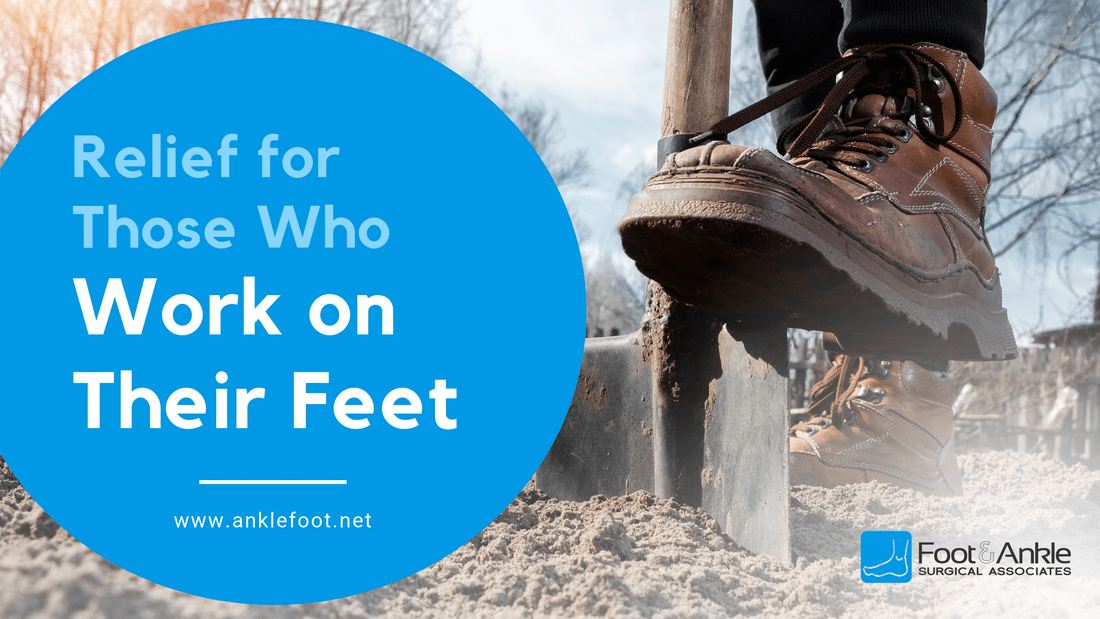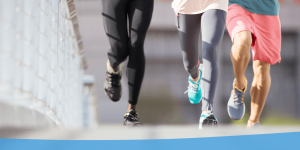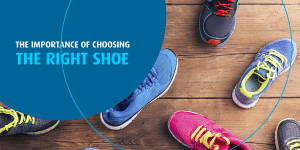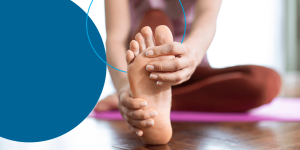South Sound is home to about a million people, give or take. And although a good percentage of that number are people with desk jobs or who are out of the labor force, there’s still a huge amount of people working on their feet day in, day out.
Retail. Construction. Manufacturing. Teachers. Logistics. Health care workers. Military. Start to add them all up, and you realize how many in our community rely on healthy, pain-free feet to carry them through eight or more hours of hard work each day!
If you happen to be one of them, you may be sick and tired of feet and heels that are sore and aching long before (and long after) your shift ends. Not only is your workday miserable, but by the time you get home you may not have the energy to do much else but sit on the couch and avoid your favorite hobbies (and important household tasks, too).
But we have some important news for you:
Foot pain is not inevitable, even for those who spend all day working on their feet. By making some adjustments at work—and possibly a visit to your local podiatrist—you can very likely significantly improve your situation. That means less pain, more energy, and a confident return to your preferred lifestyle!
Here are a few things you can do:
Improve the Cushioning and Support for Your Feet
One of the unfortunate realities of modern society is that our long-ago ancestors didn’t have to contend with hard, flat, unforgiving surfaces everywhere! As a species, we’ve traded grass, dirt, and sand for concrete, linoleum, and hard wood. That makes the job our feet do that much harder.
But all hope is not lost! You just need to find ways to add some additional external shock absorption and support.
The most obvious (and important) strategy is to make sure you have a comfortable pair of shoes that fit your feet correctly.
Look for walking shoes with great cushioning and arch support and a slightly (quarter to half inch) elevated heel. For the fit, you want the shoe sitting snugly without sliding around, but also with plenty of wiggle room for the toes. Shoot for half an inch of space between the front of the shoe and the longest toes.
In some cases, you may want to add even more in-shoe support with orthotics. More on that in a moment.
Another option that’s great for workers with a consistent workstation (teachers, assembly line workers, cashiers, etc.) is to place an anti-fatigue mat made from a semi-firm material like rubber or vinyl at the place where you usually stand. You want it to be rigid enough to support you, but with a little bit of give to reduce pressure and impact forces on your feet.
Activity Modifications
Even if you can’t help being on your feet most of the day, you still may be able to take better care of your body throughout your shift and take maximum advantage of the break times you do get.
Obviously, you should take the opportunity to sit and rest your feet during lunchtime and any scheduled breaks. However, depending on your position you may be able to request a chair or stool to sit on at least some of the time, when you’re at your regular workstation. Alternating between sitting and standing is a good balance for the body, and one you should strive for whenever possible.
But regardless of whether or not you get opportunities to sit regularly, you should also take opportunities to stretch your feet and ankles for at least a few minutes every hour. This can help soothe temporary aches and stiffness and restore good circulation to the lower limbs.
Consider some of the following stretches:
-
Runner’s stretch.
Stand with your arms out straight in front of you, palms flat on a wall. From this position, stretch one leg backward as far as it will (comfortably) go while keeping your knee straight and heels flat on the floor. (Your other leg will naturally have to bend at the knee to do this.)
-
Calf raises.
This works best if you can find a sturdy step or platform, but can be performed on a flat floor if necessary. Place the balls of your feet at the edge of the step with heels hanging over the side. Slowly rise up on your tiptoes, hold, and lower yourself again.
-
Plantar fascia stretch.
When you do get a moment to sit on break (and can pop off your shoes without offending your co-workers!), cross your right leg over your left knee, then grab the big toe with your right hand. Pull it towards you. (You may apply counterpressure along your left heel with your left hand.) Hold the stretch, then switch sides.
When you do get home after a long shift, don’t be afraid to repeat these stretches, or even give yourself a quick foot massage. (You can use your hands, or even roll your feet over a tennis ball or frozen water bottle!) Taking a few minutes to stretch, rest, put your feet up, and maybe even use a little ice therapy can help reduce the fatigue and swelling quickly so you can get on with the rest of your evening’s events.
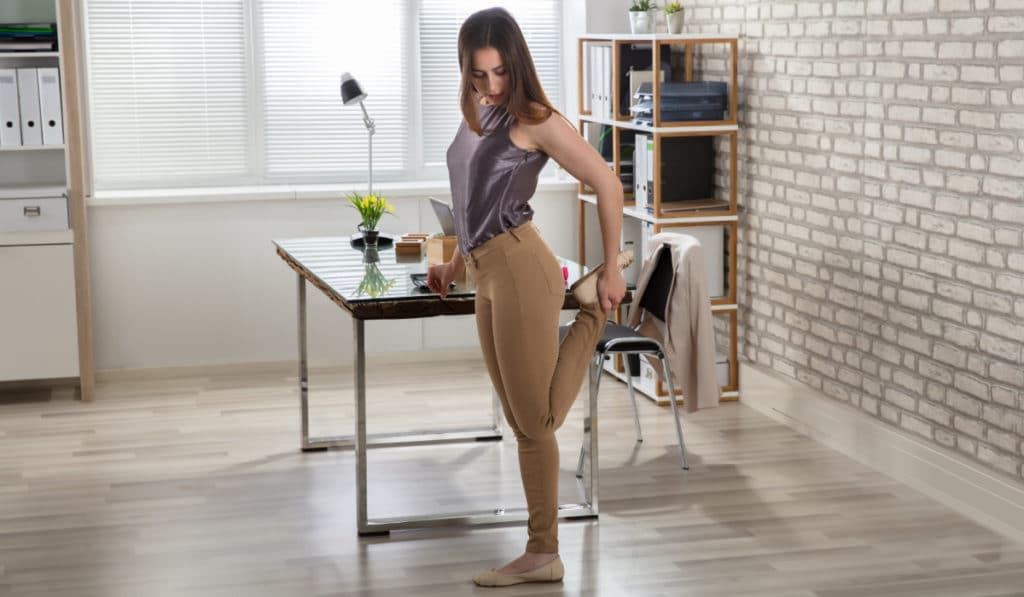
An Appointment with Your Podiatrist
While the strategies mentioned above can be a huge help, they may not be enough for some people. If you’re still finding yourself in pain at the end of each workday, please make it a point to come see us.
One treatment option we are likely to recommend is orthotics, which we touched on earlier. These are specially made inserts that replace the default insoles in your shoes to provide better support and cushioning as needed. Orthotics tend to be highly effective for work-related foot pain for a couple of reasons:
- A lot of foot pain is caused, fundamentally, by faulty foot structure or imbalanced gait mechanics—both of which orthotics are exceptionally well adapted to accommodate and correct.
- You wear them every day, so they help you every day.
Although you can get “orthotics” sold over the counter at the pharmacy, we generally recommend that you come in to visit us first. It’s important that your feet are matched with the right orthotics, with the right combination of size, materials, features, and functions your unique feet need.
Some people do fine with prefabricated orthotics, which we can help select for you. Others may benefit much more from a pair of custom orthotics, which require a podiatric evaluation and prescription. We’ll examine your feet, take your measurements, and send the information to the lab so you can get your custom pair.
Of course, there are other treatment options that we might pursue as well, depending on your symptoms and condition. This might include a more specific stretching regimen, physical therapy, and other techniques.
Stop Suffering in Silence
Say it with us one more time: Foot pain is not inevitable, even for those who spend all day working on their feet.
In fact, not only is it not inevitable, but foot pain should be dealt with as quickly as possible. Continuing to suffer is only going to make things worse for you in the short, medium, and long term.
Try the simple strategies we’ve outlined in this blog, and if they aren’t working, give us a call. We’d be happy to help you put your work-related foot pain behind you for good.
To schedule an appointment at any of our six conveniently located offices throughout the South Sound area, give us a call at (360) 754-3338 today. You can also request an appointment online.

